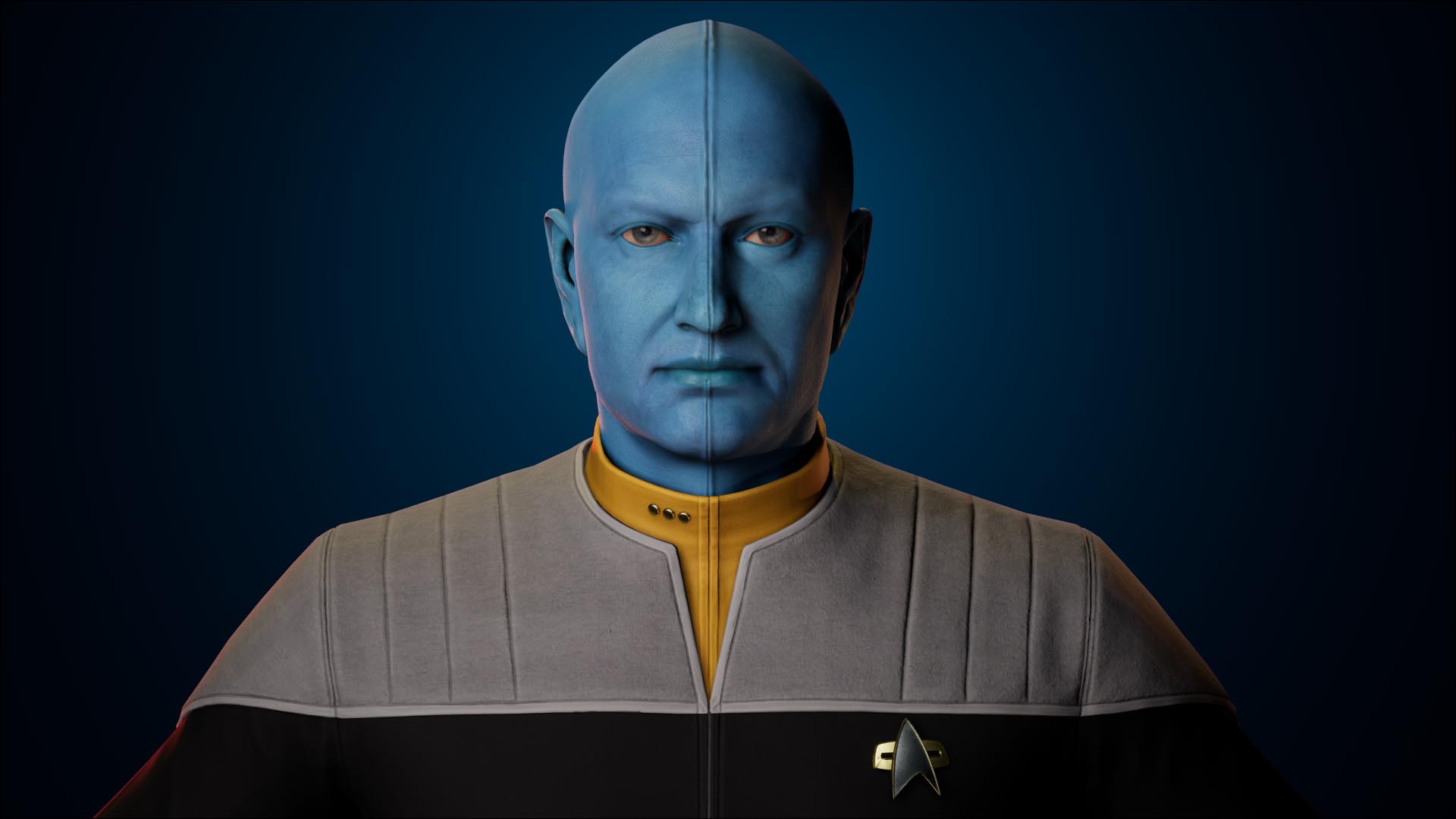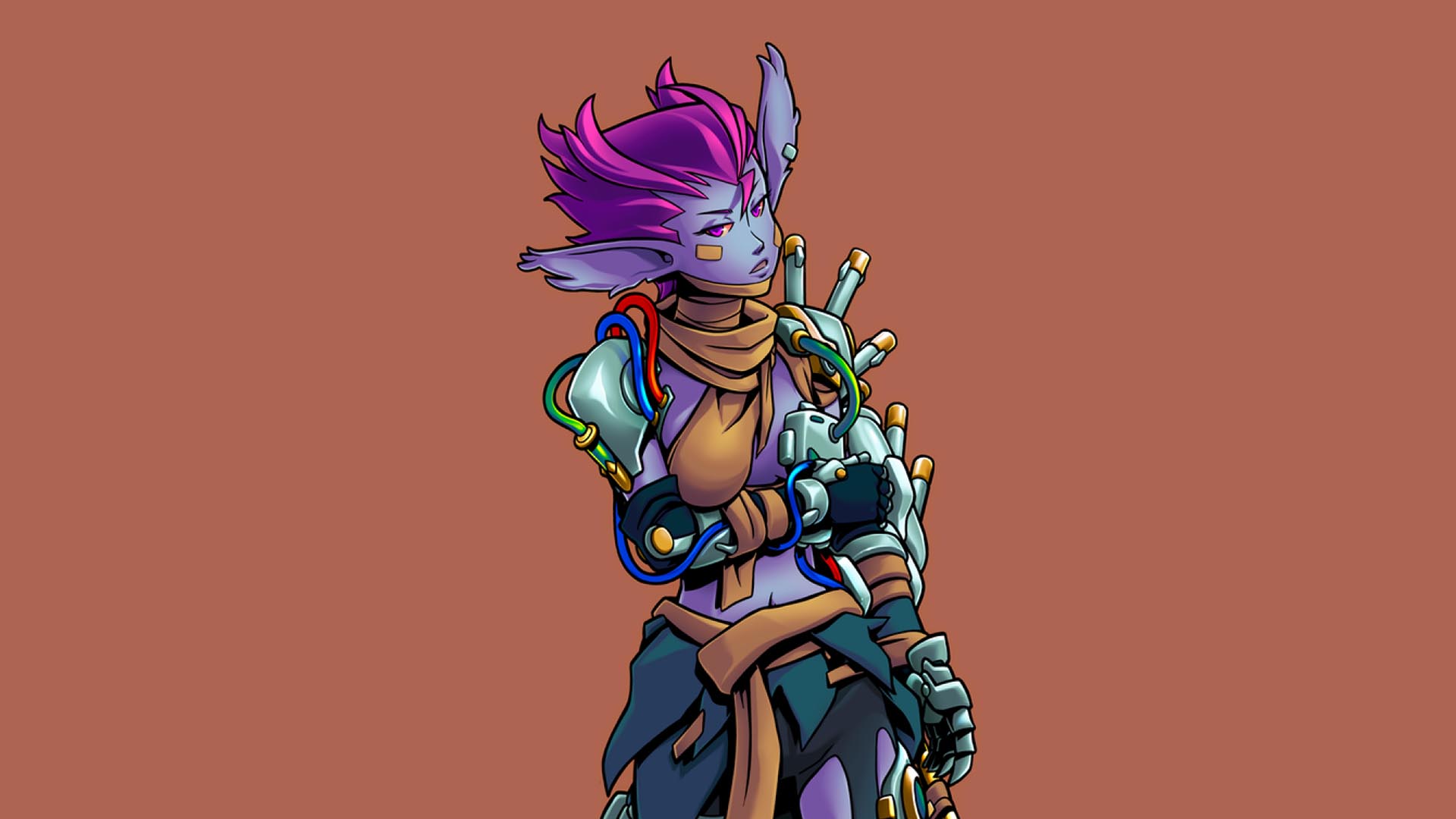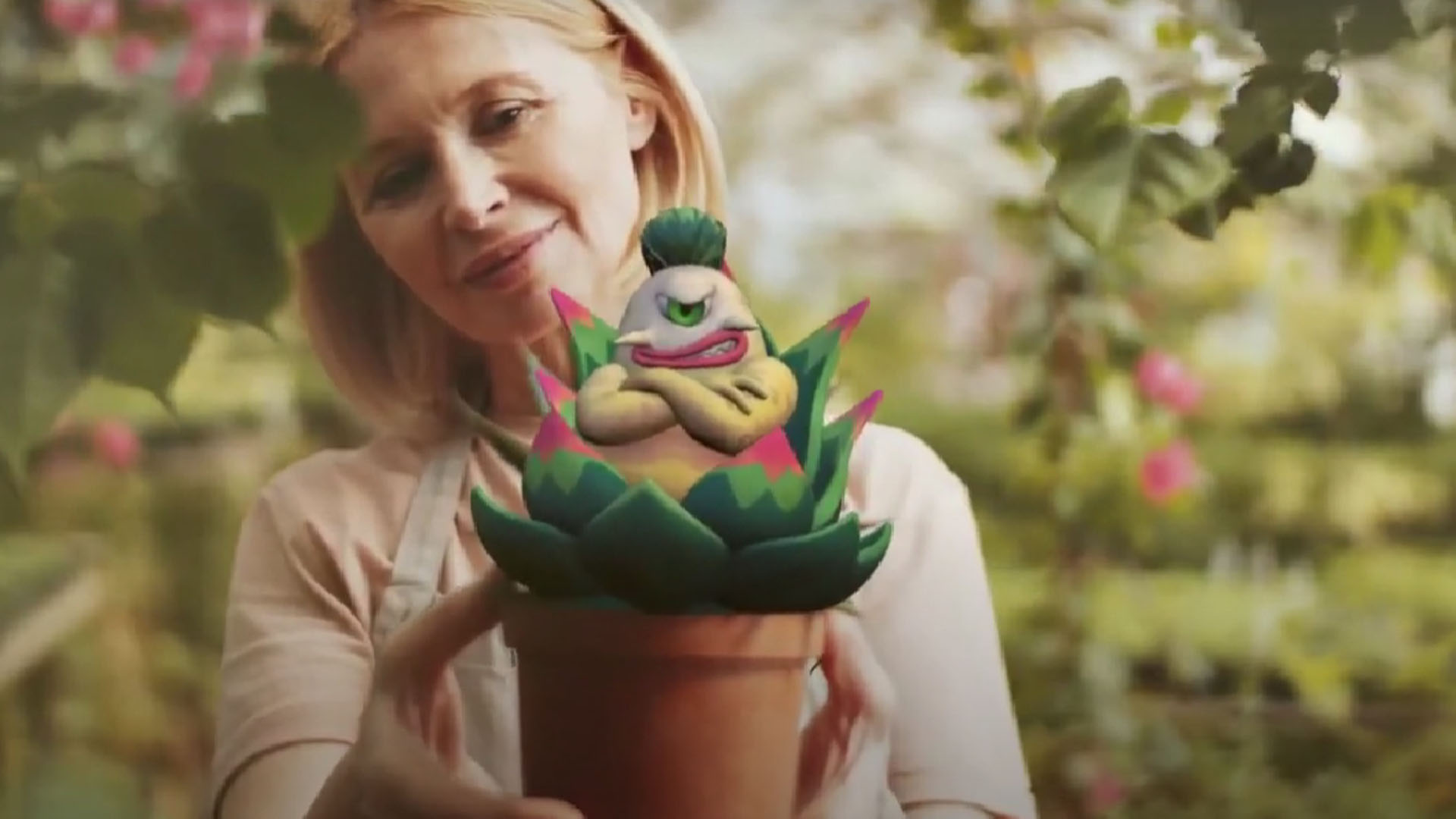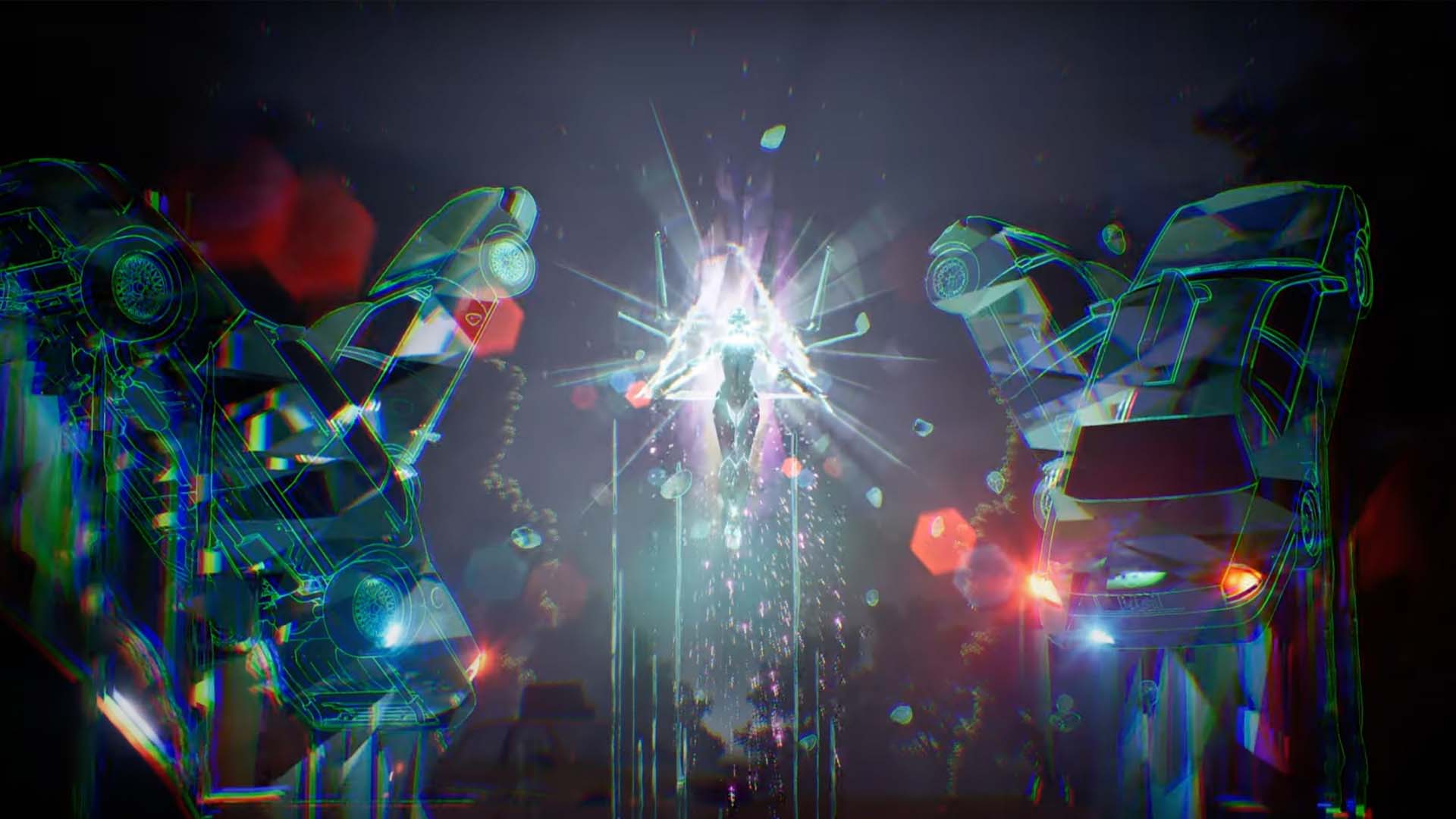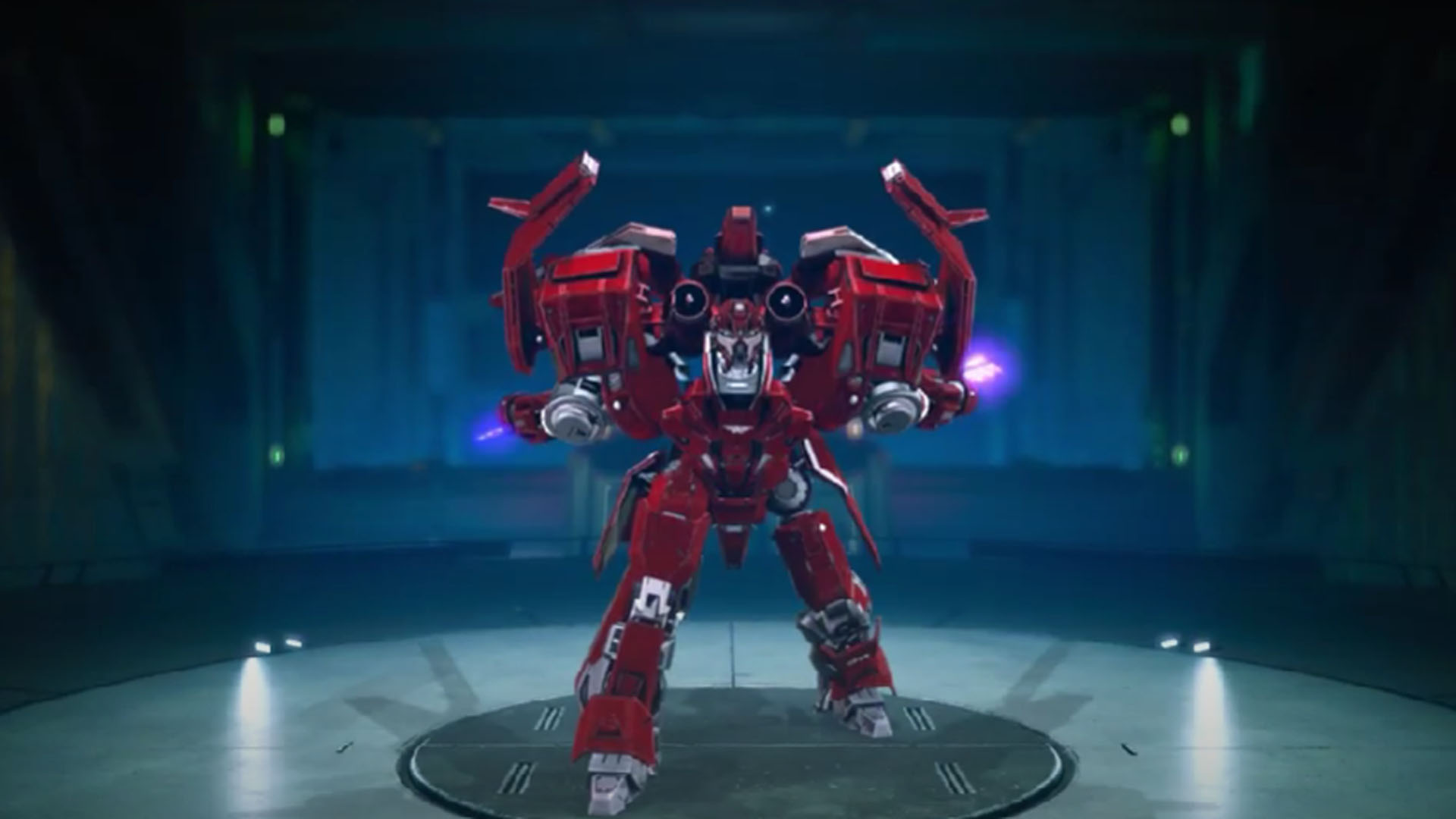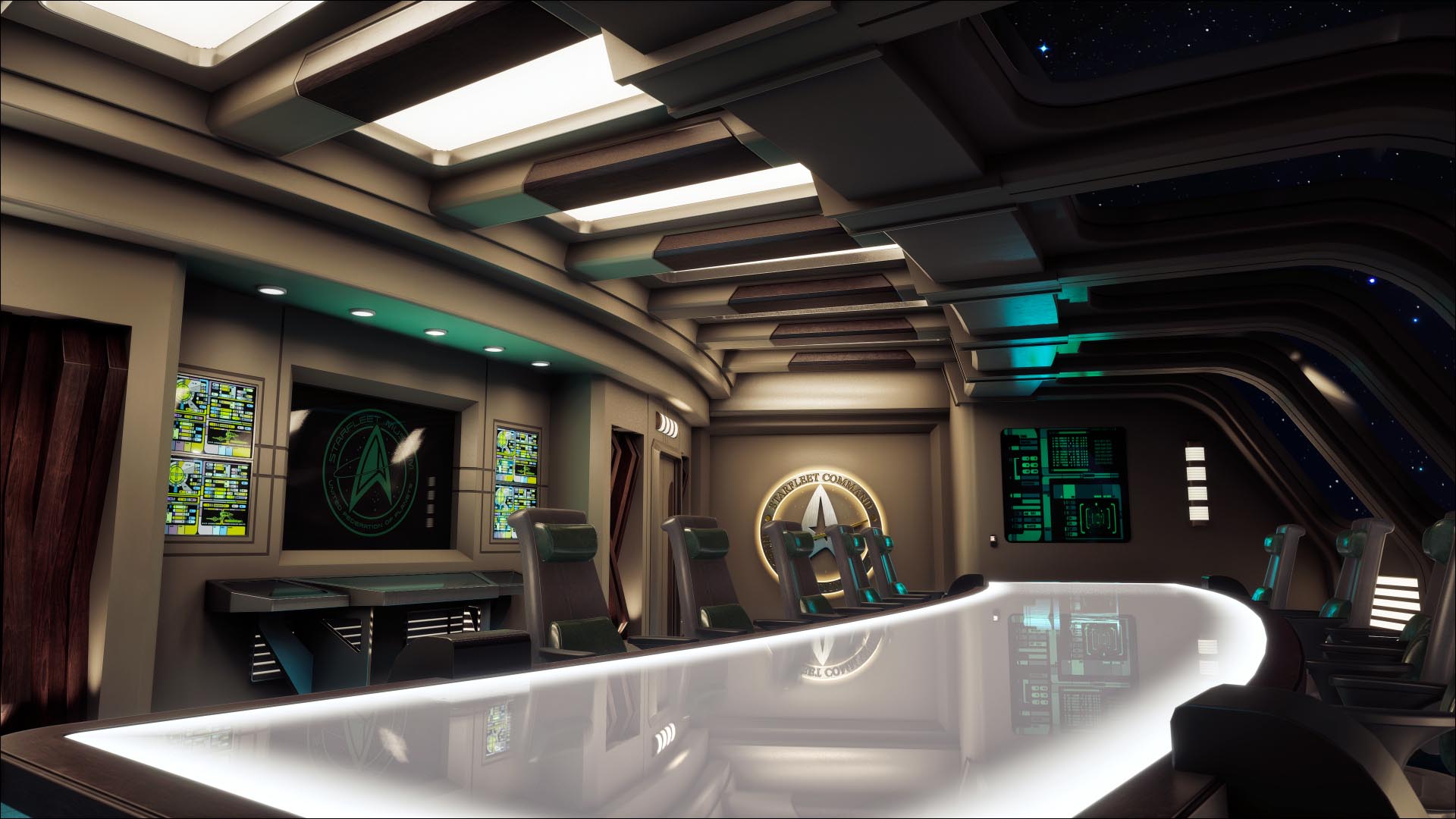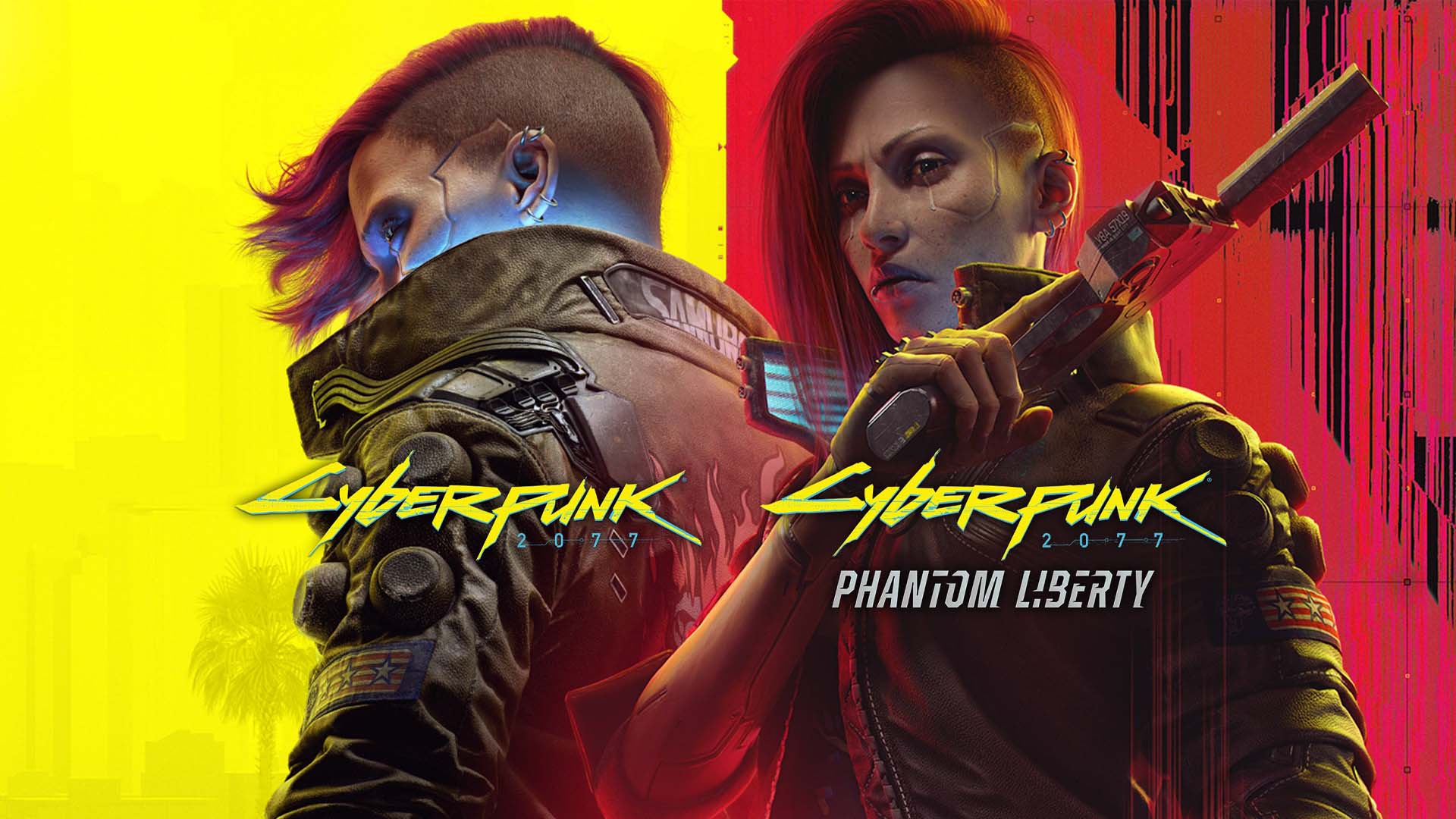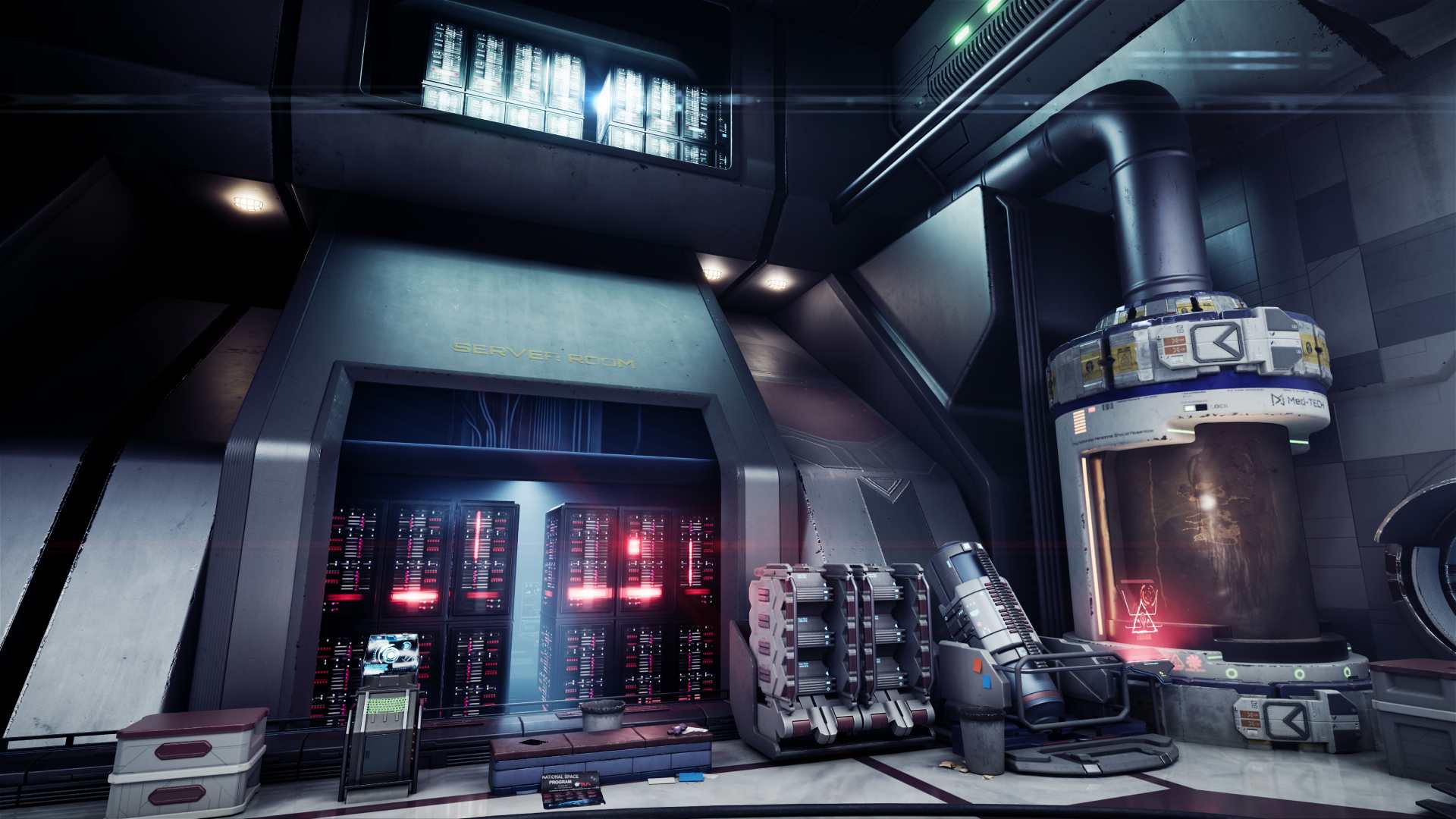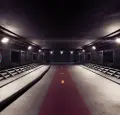Through our top-quality 3D modeling services, Magic Media can turn your wildest ideas into stunning and visually captivating reality. Our team of skilled artists and technicians possesses the expertise and dedication needed to bring your concepts to life. In this guide, we take you through our comprehensive 3D modeling workflow, highlighting the key stages that ensure exceptional results and critical considerations for delivering high-quality 3D models every time.
3D Modeling Stages
Evaluating the Concept
Before embarking on the 3D modeling journey, we prioritize understanding your unique vision. By engaging in effective communication and collaboration, we gather all the necessary information to create a detailed plan for your project. Our goal is to align our work perfectly with your expectations, ensuring the final model reflects your creative vision.
Proxy/Blockout Mesh
The initial step of our 3D modeling for video games process involves creating a proxy or blockout mesh. This crucial stage, executed using industry-standard software such as Maya, 3ds Max, Blender, or ZBrush, establishes the foundation of the model. By defining the overall form and structure, we set the stage for subsequent stages.
Proxy Approval
Once the proxy or blockout mesh is complete, we seek your approval. Your feedback is invaluable to our 3D game art as it ensures that we are on the right track and that the model aligns with your creative vision. We value your input and make the necessary adjustments to achieve the desired result.
High-Resolution Sculpting
To breathe life into our 3D modeling work and enhance its level of detail and realism, we proceed with high-resolution sculpting. Our skilled artists employ ZBrush and specialized software like Marvelous Designer for intricate elements. Through meticulous sculpting, we infuse the model with intricate details and textures, creating a visually captivating masterpiece.
High-Resolution Approval
After the high-resolution sculpting stage, we present the 3D game art to our clients for approval. This crucial phase allows you to review the intricate details and ensure that the model meets your expectations in terms of aesthetics and accuracy. We incorporate your feedback and make any necessary adjustments to achieve the desired result.
Retopology (Low Poly/Resurfacing)
Following high-resolution approval, we move on to the next stage in 3D modeling for video games, retopology. This process involves simplifying the topology of the model to create a cleaner and more manageable mesh. By optimizing the model for further stages, we ensure smooth performance in various applications. Our 3D game art experts employ their skills in retopology to create an efficient and visually appealing low-polygon model.
Low Poly Approval
Once the retopology process is complete, we present the low-polygon 3D model to you for approval. This stage allows you to review the optimized mesh and ensure it meets your requirements while maintaining the essence of the high-resolution sculpt. Your feedback is invaluable, and we make any necessary adjustments to achieve the desired low-polygon model.
UVs/Bakes
With approval on the low-polygon model, we proceed with UV unwrapping and texture baking. UV unwrapping involves creating a 2D representation of the 3D game art, allowing for accurate placement of textures. Texture baking transfers details from the high-resolution model to the low-polygon model, resulting in realistic textures while maintaining performance efficiency. Various maps, such as normal maps, ambient occlusion maps, and curvature maps, enhance the model’s visual quality.
UV/Bake Approval
We present the UV unwrapped model with baked textures to you for approval. This phase allows you to review the model’s textures and ensure they align with your artistic vision. Your feedback is highly regarded, and we make any necessary adjustments to achieve the desired quality and visual fidelity.
Textures
After UV/bake approval, our skilled artists employ software like Substance Painter, Mari, or similar PBR painting software to define the material properties and color of the model. Through the process of painting input maps and appropriately packing them for the output engine, we create visually appealing and realistic textures. These textures breathe life and depth into the 3D game art, enhancing its overall visual impact.
Lookdev and Final Approval
Following the texturing process, we move into the lookdev stage. Here, we apply the textures to the model and ensure they work harmoniously with the shaders, accurately representing the character and material properties of the asset. Meticulous fine-tuning takes place to ensure the model meets your expectations in terms of visual fidelity and artistic direction. Once the final look is achieved, we present it to you for the ultimate approval.
Additional 3D Modeling Stages as Needed
We understand that each project has unique requirements. That’s why we offer additional 3D modeling stages to cater to your specific needs. These stages can include kitbashing, character bug fixes, prop creation, and much more. Our experienced team is well-equipped to handle these additional stages, providing comprehensive support and meticulous attention to detail throughout your project.
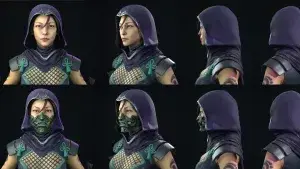
What Makes a Quality 3D Model?
Embark on a journey with our team of experienced 3D modelers and artists who have honed their craft across diverse industries, including gaming giants like Ubisoft, Sony, and EA. We’ve gained invaluable insights into methodologies, tools, and mindset through our 3D modeling experience. Our artists use an arsenal of tools ranging from ZBrush to Maya, tailored to streamline workflows and maximize efficiency.
High-Quality 3D Modeling
The blockout stage is critical in shaping the core perception of a model, blending artistic vision with technical precision. It’s imperative to strike the right balance between form and function as priorities shift within the dynamic realm of game development. There are nuanced criteria defining a ‘high-quality’ model, transcending mere polygon counts to encompass design, topology, and narrative depth.

Client Collaboration and Challenges
We work closely with our clients to exceed their expectations. From hyper-realism to stylized expression, our team strives to exceed industry standards with each project. No 3D modeling project is without its challenges as our experts tackle project limitations, technical constraints, and collaborative hurdles to produce the highest quality 3D modeling work possible.
Magic Media is an expert services provider for gaming, entertainment, and tech projects. Our range includes services such as 3D modeling, art production, full-cycle game development, and more. Contact us today, and let’s create magic!

